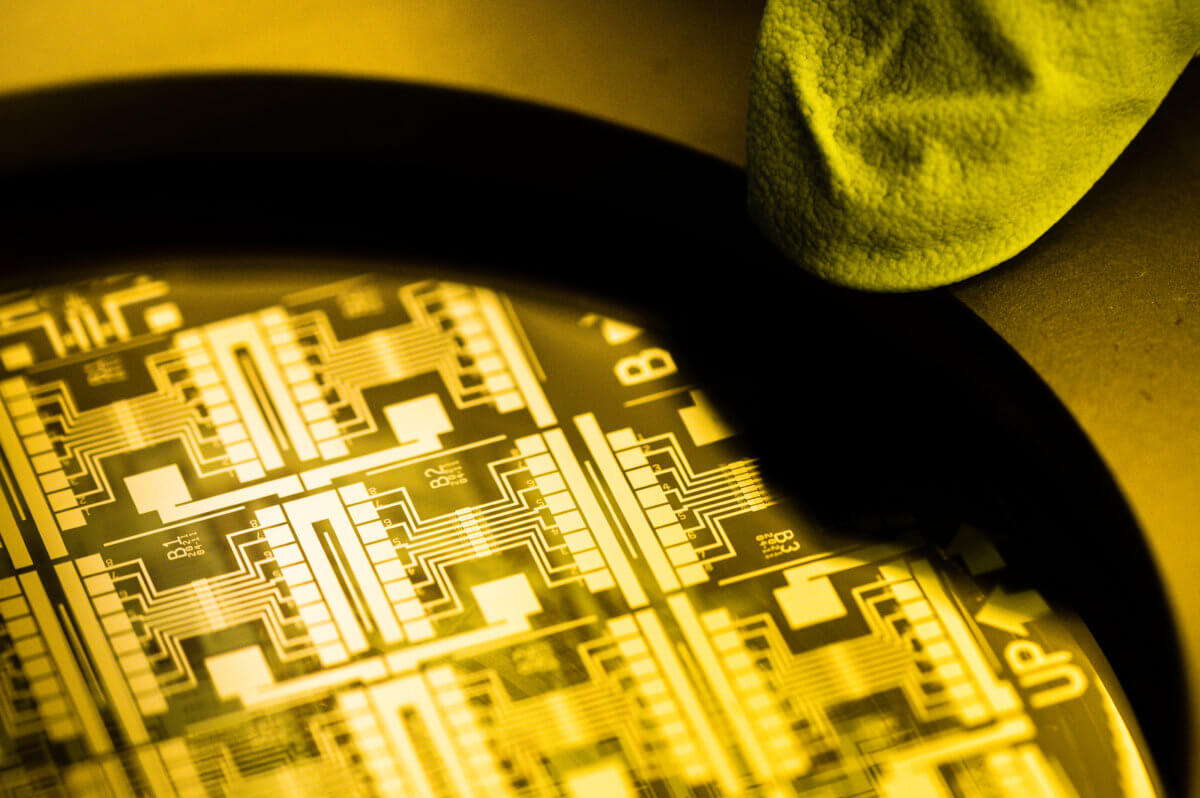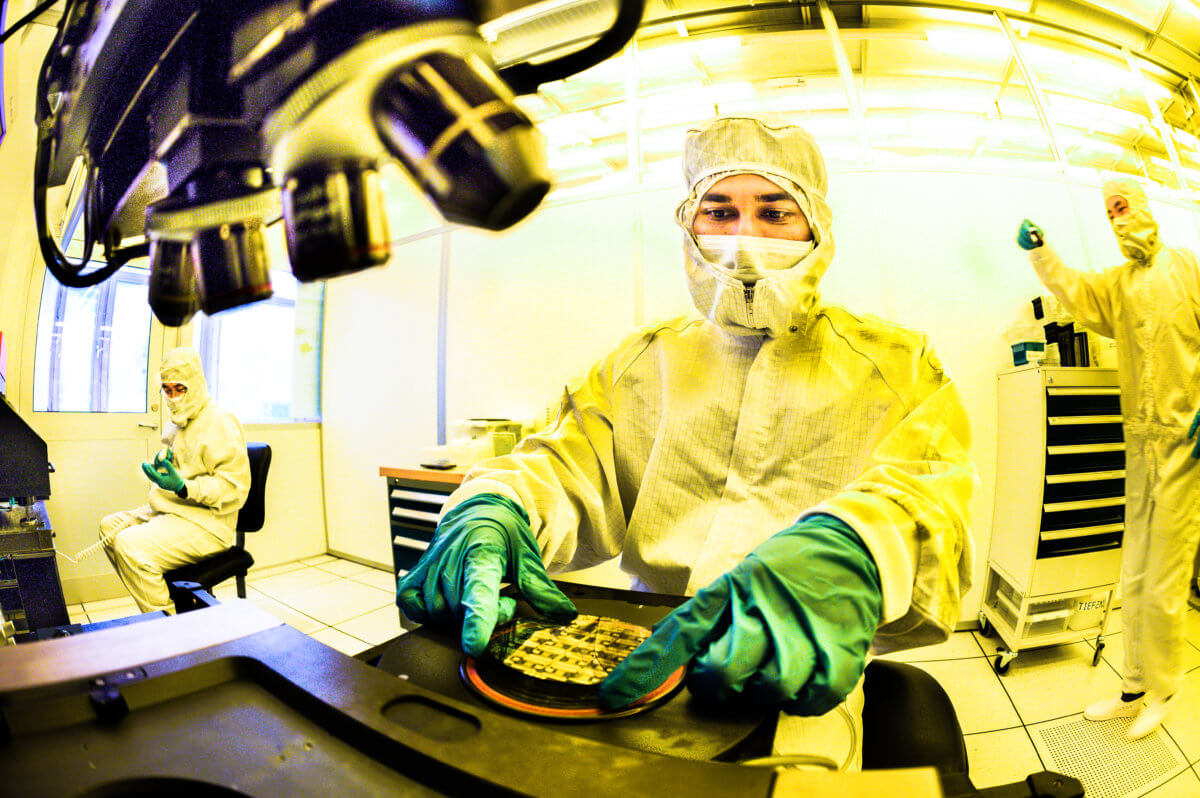LINKÖPING, Sweden — Scientists have made a technological breakthrough, creating artificial neurons (brain cells) which could be the future of medicine or the first step in making robots with human-like brains.
A team at Linköping University says the breakthrough could also lead to a better understanding of Alzheimer’s and other neurological diseases — potentially leading to new treatments. The synthetic cells mimic characteristics of biological neurons. They can stimulate natural nerves, making it a promising strategy for therapies of the future.
Named c-OECNs (conductance-based organic electrochemical neurons), they closely mimic 15 of the 20 features of biological nerve cells. This means they function in a similar way, which is a major step forward in artificial intelligence.
“One of the key challenges in creating artificial neurons that effectively mimic real biological neurons is the ability to incorporate ion modulation. Traditional artificial neurons made of silicon can emulate many neural features but cannot communicate through ions. In contrast, c-OECNs use ions to demonstrate several key features of real biological neurons,” says Simone Fabiano, principal investigator of the Organic Nanoelectronics group at Linköping’s Laboratory for Organic Electronics, in a media release.

Scientists were able to control a plant with artificial neurons
Last year, the same team demonstrated how an artificial organic neuron could be integrated into a living carnivorous plant to control the opening and closing of its maw. It met two of the 20 characteristics that compare it to a biological nerve cell. The latest study, published in Nature Materials, is a dramatic improvement.
The researchers previously developed organic electrochemical transistors based on n-type conducting polymers — materials that can conduct negative charges. This made it possible to build printable complementary organic electrochemical circuits.
Since then, the group has been working to optimize them so they can be printed in a press on a thin plastic foil. As a result, it is now possible to make thousands of transistors on a flexible substrate and use them to develop artificial nerve cells.
Ions are electrically charged atoms used to control the flow through a polymer, leading to spikes in the device’s voltage, similar to what occurs in biological nerve cells. The unique material also allows the current to be increased and decreased in an almost perfect bell-shaped curve that resembles the activation and inactivation of sodium ion channels found in nature.
“Several other polymers show this behavior, but only rigid polymers are resilient to disorder, enabling stable device operation,” says Fabiano.
In experiments, scientists connected the c-OECN neurons to the vagus nerve of mice where they stimulated cells — causing a 4.5-percent change in heart rate. It may pave the way for essential applications in various forms of medical treatment, Prof. Fabiano adds.

Scientists are working on an energy-efficient model
In general, organic semiconductors have the advantage of being biocompatible, soft, and malleable. The vagus nerve plays a key role, for example, in the body’s immune system and metabolism. The researchers now plan to reduce energy consumption of the artificial neurons, which is still much higher than that of human nerve cells.
“There is much we still don’t fully understand about the human brain and nerve cells. In fact, we don’t know how the nerve cell makes use of many of these 15 demonstrated features. Mimicking the nerve cells can enable us to understand the brain better and build circuits capable of performing intelligent tasks. We’ve got a long road ahead, but this study is a good start,” says Padinhare Cholakkal Harikesh, the study’s main author.
South West News Service writer Mark Waghorn contributed to this report.


Can they be implanted in injured or diseased human brains?